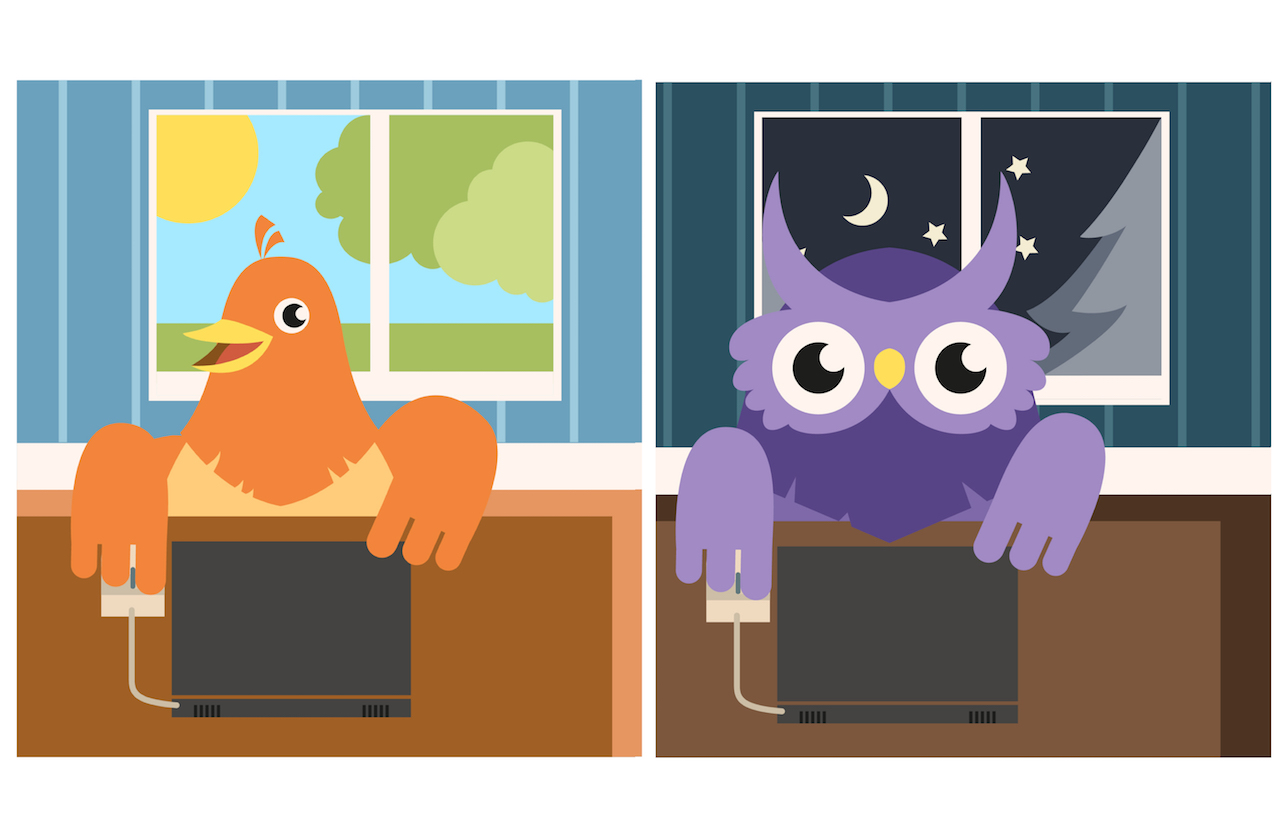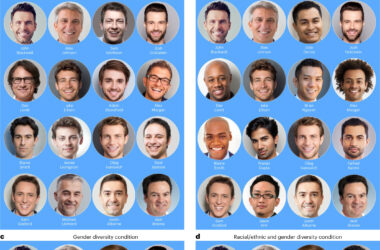Irregular sleep schedules are common among university students: From late night exam cramming to binge-watching favourite TV shows, most students have first-hand experience with sleep deprivation. Since proper rest is essential for optimal functioning and health, disrupted sleep is associated with many health-adverse effects including cardiovascular diseases. As such, studying sleep and exploring ways to improve daily rest are central to improving human health and wellbeing.
When analyzing rest patterns, shift workers are an important group to focus on as their sleep-wake schedules often misalign with their bodies’ circadian rhythms. Because of this, they are thought to experience shorter and poorer quality sleep. In a recent article published in the journal Sleep, a group of McGill researchers set out to investigate how chronotype—an individual’s preference for going to sleep early or late—can influence sleep behaviour and quality.
By conducting a field study on rotating shift workers, the researchers discovered that the effect of an individual’s chronotype on sleep quantity depends on whether their shift is in the morning, evening, or night.
For around a month, 74 Quebec police officers wore an actigraph, a device that functions as a watch, to measure their sleeping and napping behaviour while they worked their regular shifts. The researchers used watch data to determine sleep duration, questionnaires to deduce chronotype, and statistical models to study whether chronotype and shift type affect sleep duration. Between the most extreme chronotypes of the group, the early risers slept 1.1 hours longer on average during a series of morning shifts, while night owls slept two hours longer on average during a series of evening shifts. No significant effect of chronotype on sleep duration was observed during night shifts. Dr. Diane Boivin, professor in the Department of Psychiatry at McGill and director of the Centre for Study and Treatment of Circadian Rhythms at the Douglas Research Centre, explained that naps were the most efficient countermeasures against shortened night sleep for early chronotypes completing night shifts—making up for the lost night rest.
“The early chronotype has a more difficult time adjusting to working night [shifts], in that their main sleep period is shorter,” Boivin said. “But they catch up on the sleep restriction by napping more, to a point that the association between chronotype and sleep duration is no more significant [than] with night [chronotypes].”
Running counter to the theory that napping leads to sleep inertia, Boivin insists that napping is something to encourage, arguing that its benefits outweigh its downsides.
As for coffee-lovers, the study found little interaction between chronotype or shift type and the daily intake of caffeinated beverages. Although it was not directly explored in this static study, Boivin noted that chronotype is not a fixed concept and that it can evolve throughout one’s lifetime.
“In our teens and early 20s, there is a period of delayed sleep schedule [where] we tend to be more evening chronotypes,” Boivin explained. “As we grow older, we tend to be more morning types, [although sometimes the original pattern persists].”
While previous studies examined the effect of chronotype and shift type on sleep quantity using between-subject comparison and self-reported sleep duration, this study employed more objective assessment methods, such as actigraphy-measured sleep and intra-subject changes.
“This [study] shows that individual differences in internal biological timing, which is regulated by the endogenous circadian clock, impact the amount of sleep that shift workers are able to get,” Boivin said. “Our findings show that chronotype should be considered in the design of strategies or recommendations [to optimize sleep in shift workers].”









